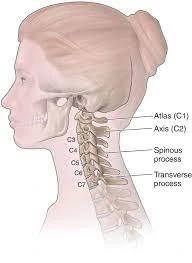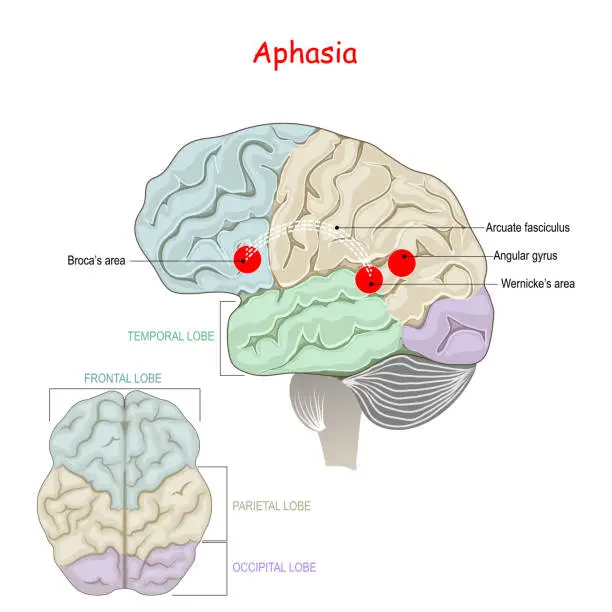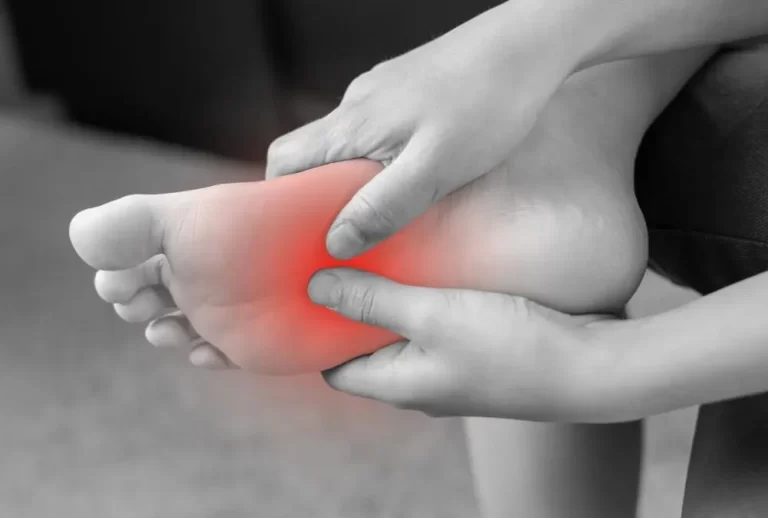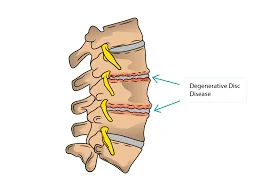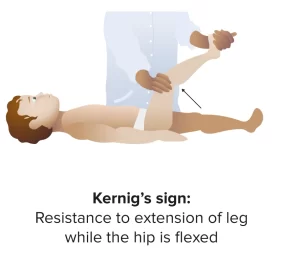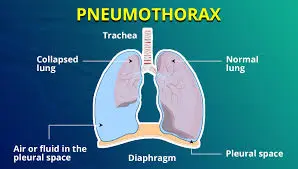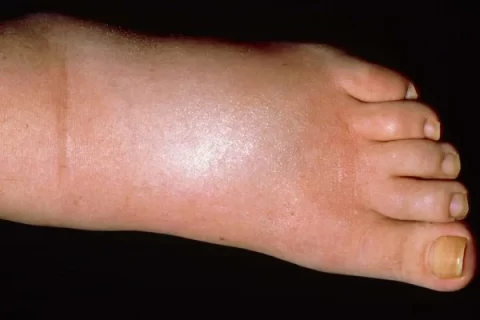Cervical Spine Examination
What is a Cervical Spine Examination? A cervical spine examination assesses the neck region’s structure and function, focusing on posture, alignment, range of motion, and potential sources of pain or dysfunction. The examination involves inspection, palpation, movement assessment, and neurological testing, including motor, sensory, and reflex evaluations of the upper limbs. It is essential for…

